DARPA unveils 6 new designs for uncrewed vertical-takeoff military aircraft, eyes 2026 test flights
Lightweight fighter aircraft with no pilots could support conventional military missions while being easier to launch and recover.
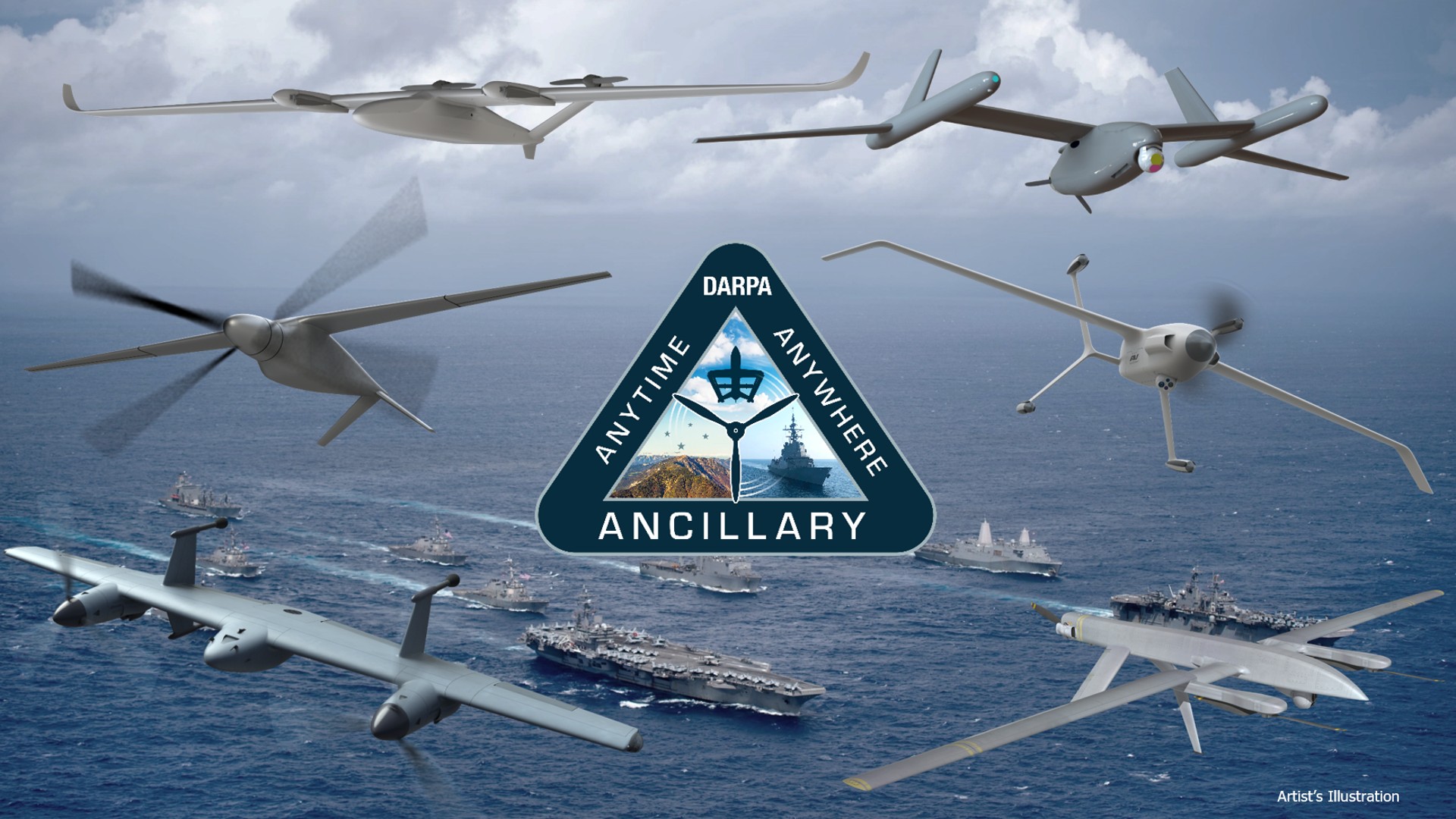
The U.S. military could soon have new uncrewed aircraft that carry weapons and take off and land vertically. The vehicles could undergo test flights as early as 2026.
The Defense Advanced Research Projects Agency (DARPA) has announced it is moving into a new testing phase for proposed experimental aircraft in which designs will be assessed for risk and analyzed for efficiency.
The Advanced Aircraft Infrastructure-less Launch And Recovery (ANCILLARY) program will field designs for new, uncrewed aerial systems (UAS) carrying weapons. Specifically, the project aims to deliver X-planes capable of vertical take-off and landing (VTOL) like a helicopter that can operate from aircraft carriers.
"X-plane" is a classifier used by the U.S. Department of Defense (DOD) for experimental aircraft. Past X-planes include the Bell X-1 — the first crewed vehicle to break the sound barrier in conventional flight — and the X-15, which broke records in aerospace such as previously unachievable airspeeds and the successful use of novel propulsion techniques.
VTOL aircraft negate the need for a runway, meaning they can be launched more easily. DARPA also wants these X-planes to be capable of operating in adverse weather conditions without supporting ground crew or infrastructure, which would enable them to operate in a far wider range of battlefield environments.
DARPA hopes these aircraft could support the U.S. Navy ships to identify vessels beyond their line of sight but also said in a May 22 statement that the U.S. Army, Air Force, Coast Guard and Special Operations Command had registered interest in the program.
The defense and aerospace contractors bidding for the project are AeroVironment, Griffon Aerospace, Karem Aircraft, Method Aeronautics, Northrop Grumman and the Lockheed Martin subsidiary Sikorsky.
Breaking space news, the latest updates on rocket launches, skywatching events and more!
VTOL can be achieved in a number of different ways. For example, Sikorsky's battery-powered design props itself on its tail while on the ground and takes off like a helicopter, with the propellers facing upward, then tilts forward to fly through the air horizontally like a plane. Karem Aircraft, meanwhile, has put forward a heavy-fuel-driven craft that uses a tilting rotor to fly straight up in the air and hover when the rotor is in the upward position, then propel the aircraft forward at high speeds when the rotor is in the forward position.
Related: DARPA developing small vertical-takeoff aircraft for military use

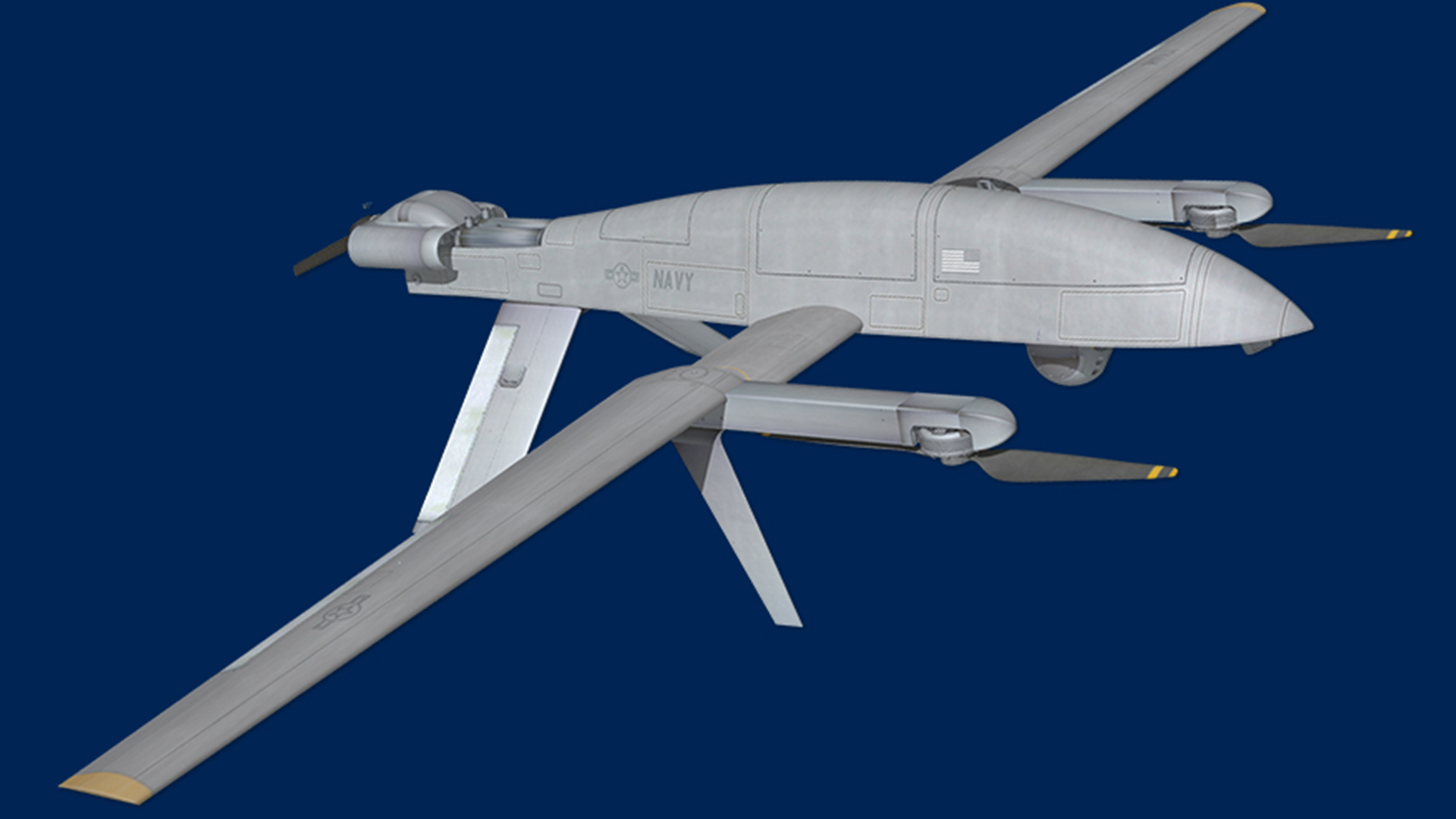
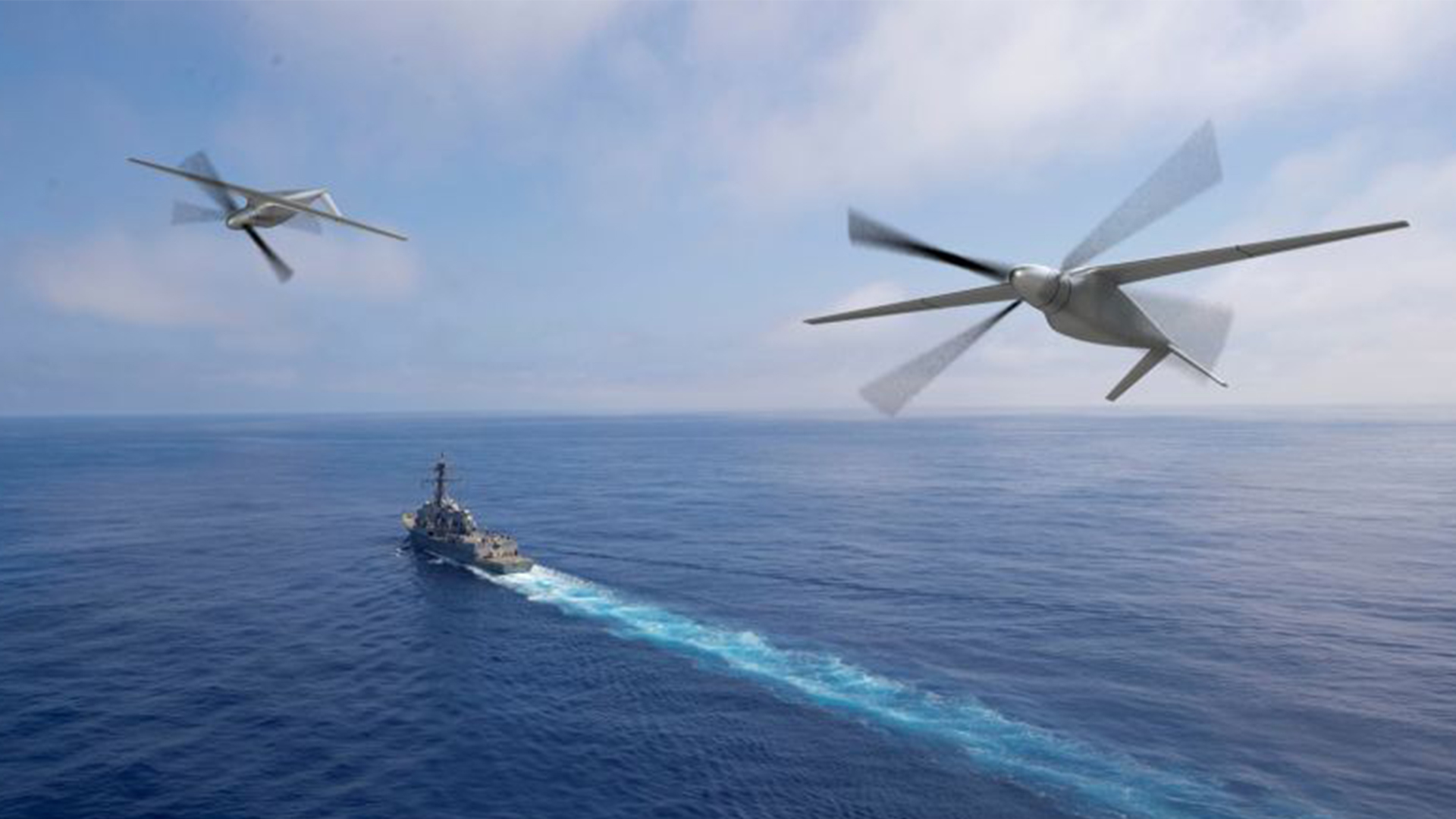
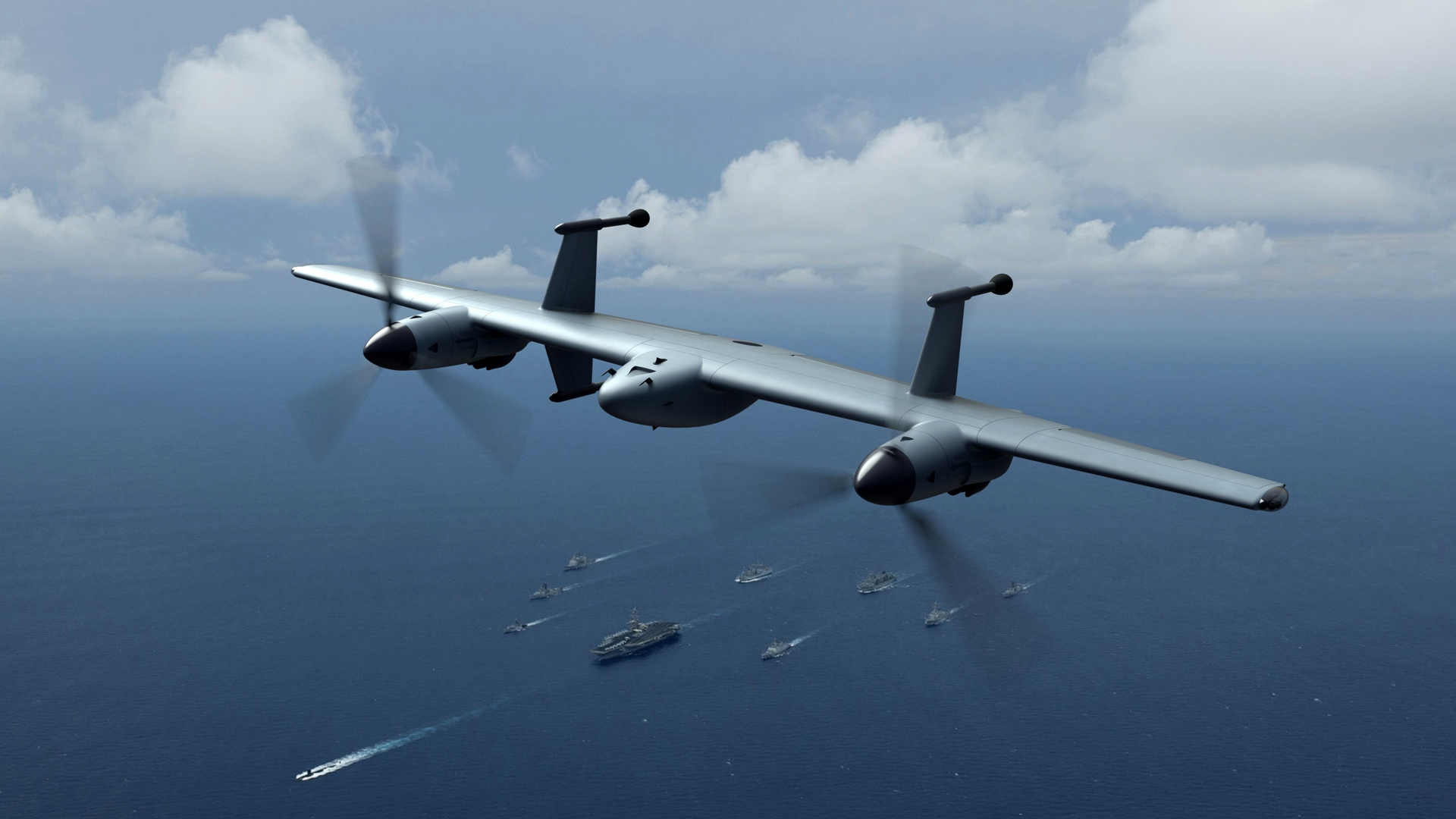
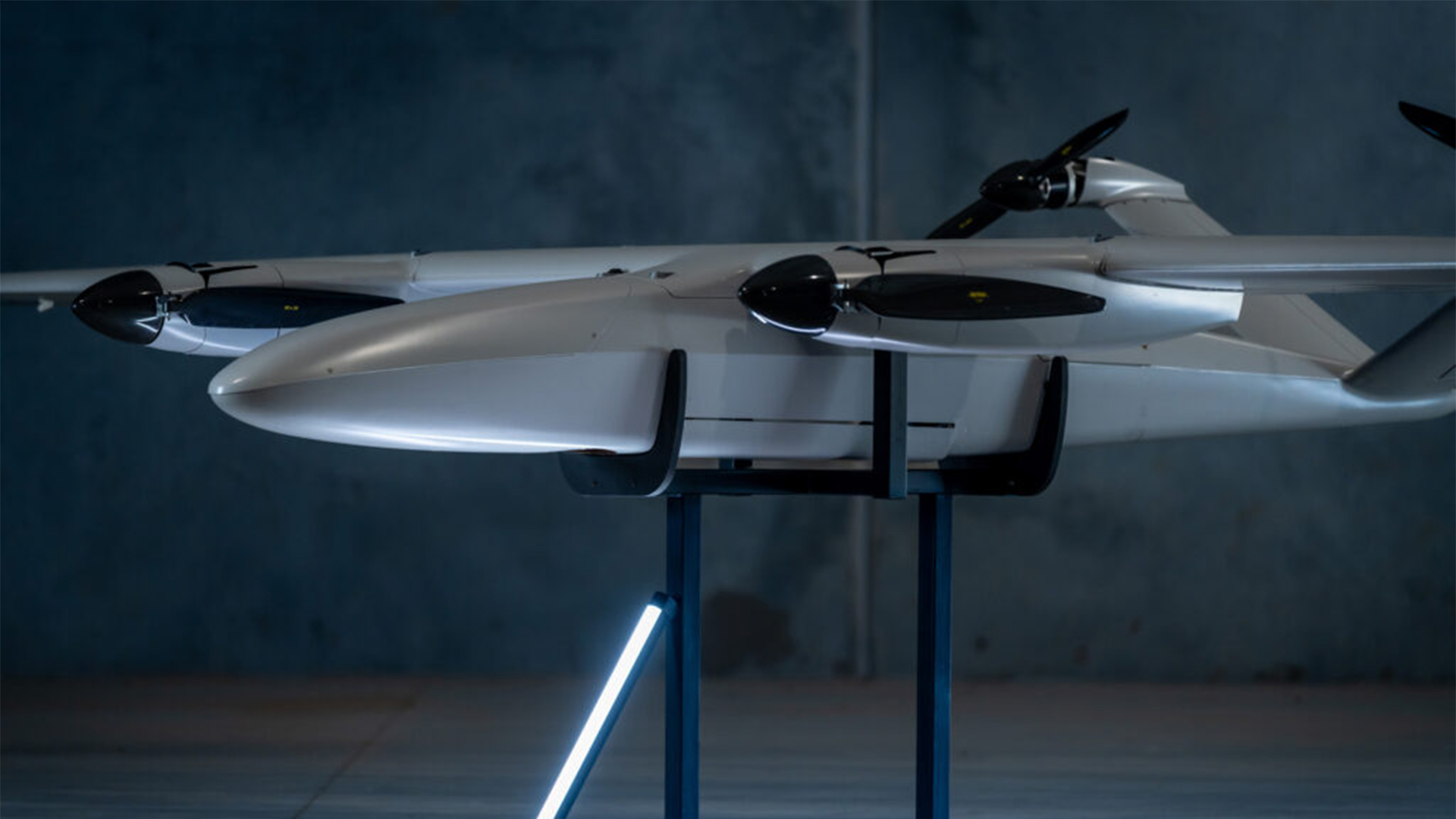
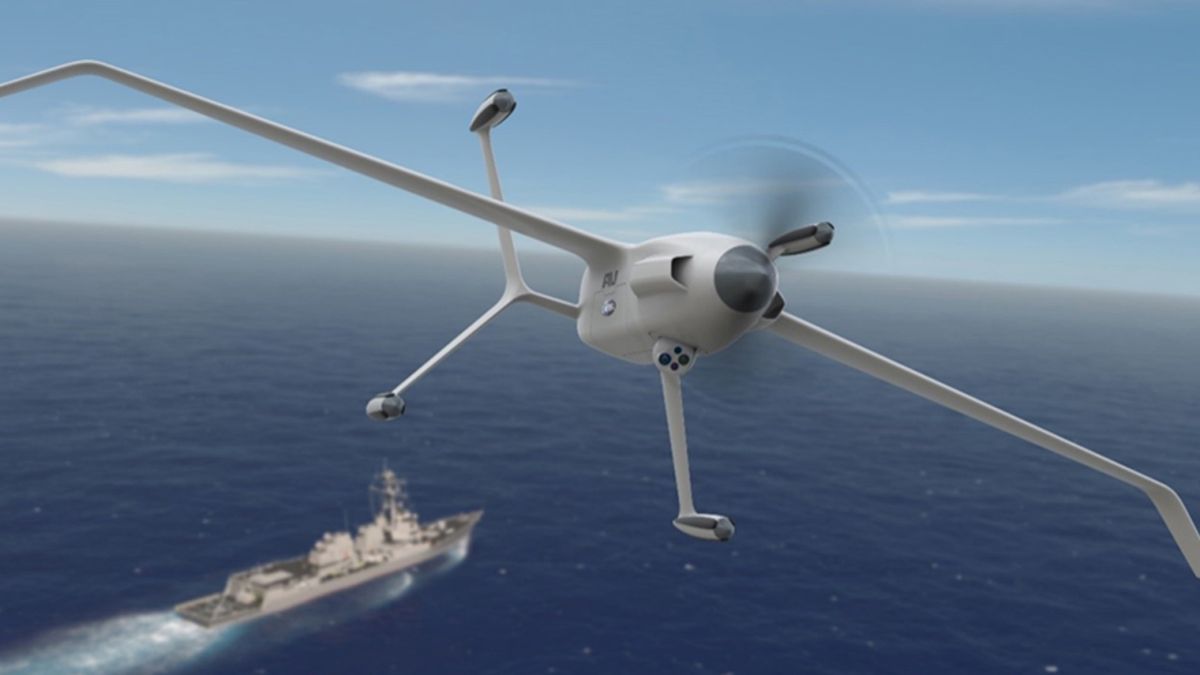
DARPA aims to increase its use of UAS by a factor of three in the coming years. Given the small size and low weight of ANCILLARY X-planes, the Navy could store far more aboard ships than it can helicopters and launch them directly from the deck without needing specialized equipment — unlike planes and conventional UAS the Navy currently uses.
"Our performers are searching for innovative ways to increase payload weight and range/endurance of small, ship-launched UAS by means of novel configurations, propulsion, and controls while also removing the need for special infrastructure," said Steve Komadina, DARPA program manager for ANCILLARY, in DARPA’s press release.
ANCILLARY is currently in phase 1b, with testing set to run for 10 months from June 2024 to spring 2025. During this time, DARPA will assess the manufacturers' individual designs based on the safety of their systems and hover tests.
The project will then move onto phase 2, at which point participants will propose details for X-plane design and construction as well as test plans. Flight tests for designs deemed the most promising are due to commence at the start of 2026.
Komadina also said that going forward, ANCILLARY systems could be improved through sensor innovation, advances in artificial intelligence (AI) or more autonomous vehicle breakthroughs.
Originally published on LiveScience.com.
Rory Bathgate is a freelance writer for Live Science and Features and Multimedia Editor at ITPro, overseeing all in-depth content and case studies. A subject expert on artificial intelligence (AI), in his time at ITPro Rory has also covered a wide range of topics including cyber security, business networks, and hardware. Rory is also a full-time co-host of the ITPro Podcast alongside Jane McCallion, in which guests from the tech sector are invited to explore a topic in detail and field questions relevant to IT decision-makers.
Outside of his work for ITPro, Rory is keenly interested in how the tech world intersects with our fight against climate change. This encompasses a focus on the energy transition, particularly renewable energy generation and grid storage as well as advances in electric vehicles and the rapid growth of the electrification market.
In 2022 Rory graduated from King’s College London with an MA (Hons) in Eighteenth-Century Studies. This followed his graduation from the University of Kent with a BA (Hons) in English and American Literature. While at the University of Kent, he was heavily involved in student media and was the editor of the student newspaper, InQuire. In his free time, Rory enjoys photography, cinema and science fiction of all kinds. He can often be found at the cinema, or on long walks around London.



